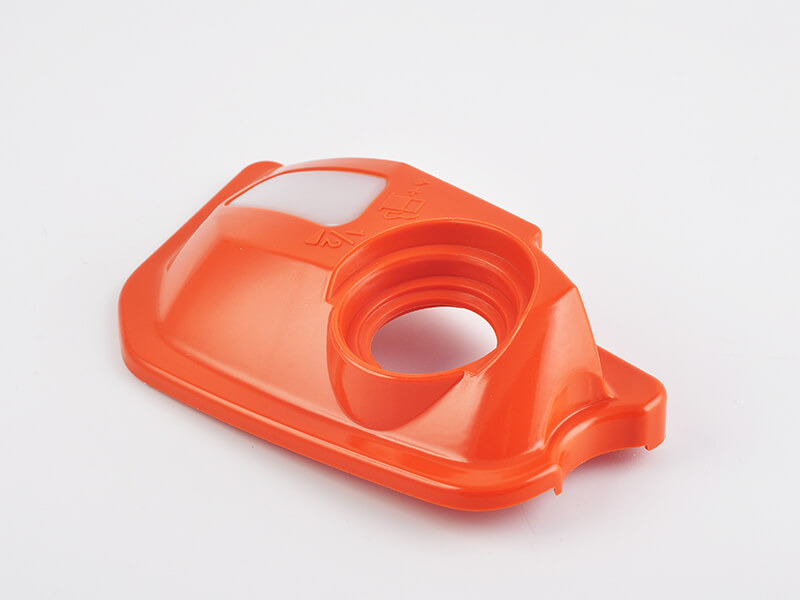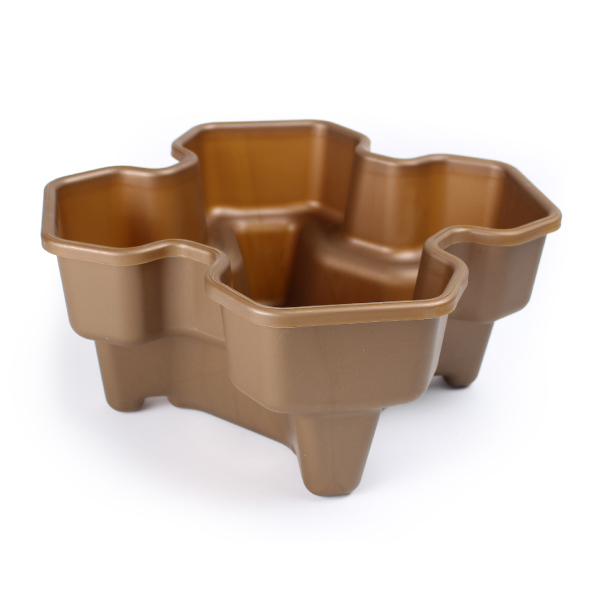ABS plastic occupies an important position in the electronics industry, machinery industry, transportation, building materials, toy manufacturing and other industries due to its high mechanical strength and good comprehensive performance, especially for slightly larger box structures and stress components. , the decorative parts that need electroplating are inseparable from this plastic.
1. Drying of ABS plastic
ABS plastic has high hygroscopicity and high sensitivity to moisture. Sufficient drying and preheating before processing can not only eliminate the firework-like bubbles and silver threads on the surface of the workpiece caused by water vapor, but also help the plastics to form, to reduce the stain and moiré on the surface of the workpiece. The moisture content of ABS raw materials should be controlled below 0.13%.
Drying conditions before injection molding: In winter, the temperature should be below 75-80 ℃, and last for 2-3 hours; in summer,the temperature should be below 80-90 ℃ and last for 4-8 hours. If the workpiece needs to look glossy or the workpiece itself is complex, the drying time should be longer, reaching 8 to 16 hours.
Due to the existence of trace moisture,the fog on the surface is a problem that is often overlooked. It is best to convert the hopper of the machine into a hot air hopper dryer to prevent the dried ABS from absorbing moisture again in the hopper. Strengthen humidity monitoring to prevent overheating of materials when production is accidentally interrupted.
2. Injection temperature
The relationship between temperature and melt viscosity of ABS plastic is different from that of other amorphous plastics. When the temperature increases during the melting process, the melting actually decreases very little, but once it reaches the plasticizing temperature (the temperature range suitable for processing, such as 220 ~ 250 ℃), if the temperature continues to increase blindly, the heat resistance will not be too high. The thermal degradation of the ABS increases the melt viscosity, making injection molding more difficult, and the mechanical properties of the parts also decline.
Therefore, the injection temperature of ABS is higher than that of plastics such as polystyrene, but it can not have a looser temperature rise range like the latter. For some injection molding machines with poor temperature control, when the production of ABS parts reaches a certain number, it is often found that yellow or brown coking particles are embedded in the parts, and it is difficult to remove it.
The reason is that ABS plastic contains butadiene components. When a plastic particle firmly adheres to some surfaces in the screw groove that are not easy to be washed at a high temperature, and is subjected to a long-term high temperature, it will cause degradation and carbonization. Since high temperature operation may cause problems for ABS, it is necessary to limit the furnace temperature of each section of the barrel. Of course, different types and compositions of ABS have different applicable furnace temperatures. Such as plunger machine, the furnace temperature is maintained at 180 ~ 230 ℃; and screw machine, the furnace temperature is maintained at 160 ~ 220 ℃.
It is particularly worth mentioning that, due to the high processing temperature of ABS, it is sensitive to changes in various process factors. Therefore, the temperature control of the front end of the barrel and the nozzle part is very important. Practice has proved that any minor changes in these two parts will be reflected in the parts. The greater the temperature change, will bring defects such as weld seam, poor gloss, flash, mold sticking, discoloration and so on.
3. Injection pressure
The viscosity of ABS melted parts is higher than that of polystyrene or modified polystyrene, so a higher injection pressure is used during injection. Of course, not all ABS parts require high pressure, and lower injection pressures can be used for small, simple, and thick parts.
During the injection process, the pressure in the cavity at the moment when the gate is closed often determines the surface quality of the part and the degree of silver filamentous defects. If the pressure is too small, the plastic shrinks greatly, and there is a large chance of being out of contact with the surface of the cavity, and the surface of the workpiece is atomized. If the pressure is too large, the friction between the plastic and the surface of the cavity is strong, which is easy to cause sticking.
4. Injection speed
For ABS materials, it is better to inject in medium speed. When the injection speed is too fast, the plastic is easy to be scorched or decomposed and gasified, which will lead to defects such as weld seams, poor gloss and redness of the plastic near the gate. However, when producing thin-walled and complex parts, it is still necessary to ensure a sufficiently high injection speed, otherwise it will be difficult to fill.
5. Mold temperature
The molding temperature of ABS is relatively high, as well as the mold temperature. Generally, the mold temperature is adjusted to 75-85 °C. When producing parts with a large projected area, the fixed mold temperature is required to be 70 to 80 °C, and the movable mold temperature is required to be 50 to 60 °C. When injecting large, complex, thin-walled parts, special heating of the mold should be considered. In order to shorten the production cycle and maintain the relative stability of the mold temperature, after the parts are taken out, a cold water bath, a hot water bath or other mechanical setting methods can be used to compensate for the original cold fixing time in the cavity.
Post time: Apr-13-2022




